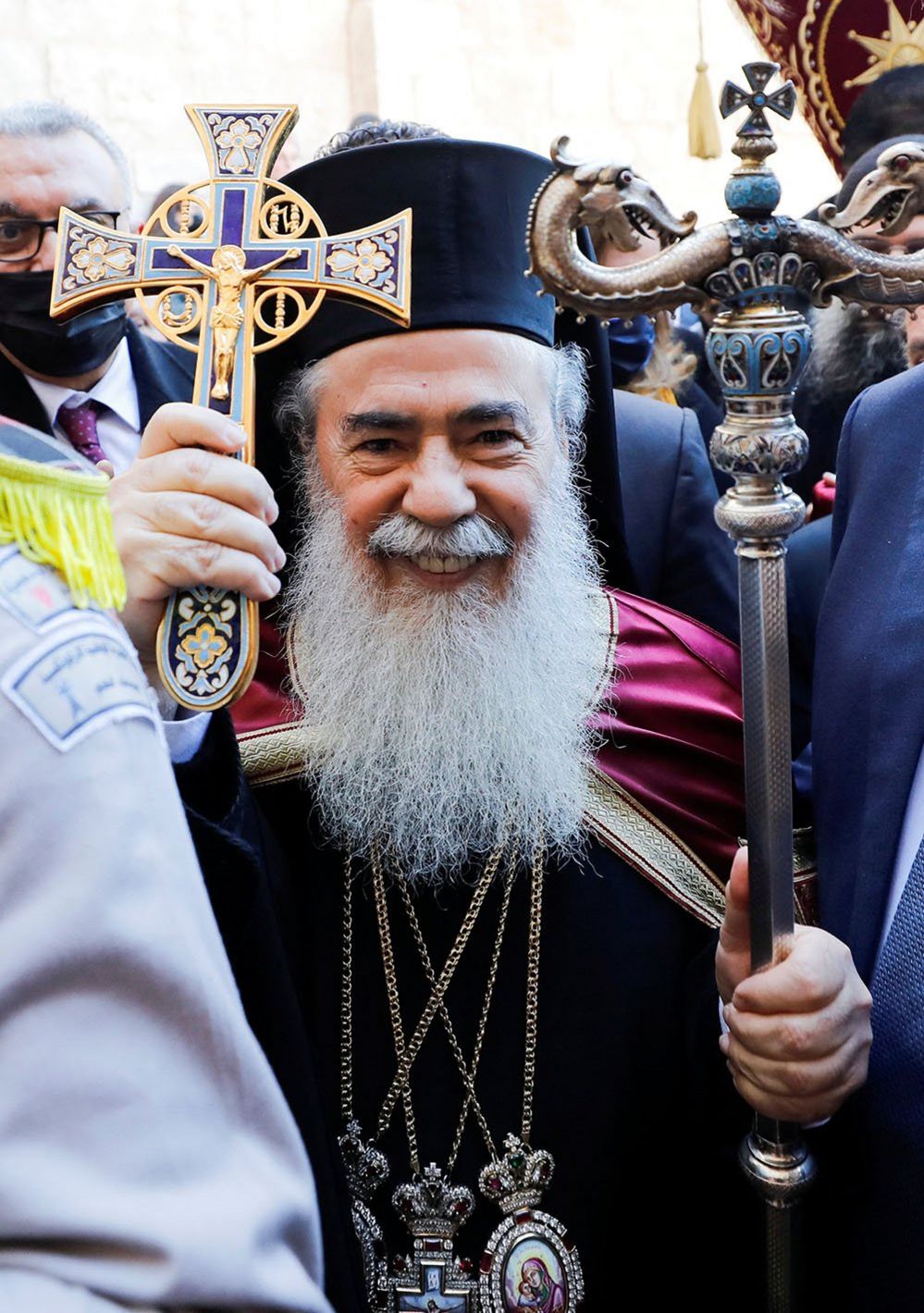In the grand tapestry of global Christianity, the Eastern Orthodox Church emerges as a venerable thread woven through centuries of tradition, spirituality, and communal faith. As we ponder the sheer magnitude of Eastern Orthodox Christians across the globe, it is essential to grasp not only the burgeoning numbers but also the rich significance these figures entail. The narrative of Eastern Orthodoxy is not merely about statistics; it is an exploration of faith, culture, and the enduring essence of an ancient branch of Christianity.
Currently, estimates suggest that around 250 million adherents identify as Eastern Orthodox Christians worldwide. This cohort, while substantial, is often overshadowed by the numbers associated with Western Christianity. Yet, the Eastern Orthodox faithful represent a remarkable tapestry of diverse cultures, languages, and traditions—each thread contributing to the overarching narrative of what it means to belong to this ancient faith.
The Eastern Orthodox Church comprises several autocephalous (self-governing) churches that exist under the broader umbrella of Orthodoxy. Each of these bodies reflects the cultural milieu from which it hails, such as the Greek Orthodox Church, the Russian Orthodox Church, and the Serbian Orthodox Church, to name just a few. This decentralization is akin to a symphony, where each instrument plays its unique part, yet harmoniously contributes to a greater whole. This organizational structure fosters a rich diversity of practice and liturgical expression while unifying adherents under the fundamental tenets of Orthodox Christianity.
To understand the allure of Eastern Orthodoxy, one might liken it to a pearl—the product of years of quiet cultivation, born from irritation yet emerging as something exquisite. The church is steeped in ancient traditions, rich sacraments, and time-honored liturgies that engender a sense of the sacred. The Divine Liturgy, a centerpiece of Orthodox worship, immerses congregants in the divine mysteries through a symphony of chants, fragrant incense, and the striking beauty of sacred icons. In many ways, the worship experience is an invitation to transcend the mundane and encounter the divine.
In Greece, for instance, Orthodox Christian communities thrive and thrive, seen in the alacrity with which they celebrate holy days. These festivities can be vivid tapestries of culture and religion, illustrating how faith interweaves with everyday life. Likewise, in Eastern European nations, the church plays an intrinsic role in national identity, often standing as a bastion of resilience against historical upheavals. Through decades of communism, believers found solace within the church’s walls, preserving faith as much as national identity.
The geographical distribution of Eastern Orthodox Christians further accentuates its multitude of voices. The church flourishes predominantly in countries like Russia, Greece, and Serbia, yet its reach extends far beyond these borders. Receipt of the diaspora, particularly in the United States and Australia, has infused new life into local Orthodox communities as they endeavor to maintain traditions while adapting to contemporary contexts. This adaptability is akin to that of a tree whose roots are firmly planted yet whose branches reach toward the sun, pursuing life even in unfathomable conditions.
A fascinating facet of Eastern Orthodoxy is its approach to theology and spirituality, often characterized as a journey rather than a destination. The emphasis lies in the transformative experience of pursuing union with God. This notion resonates deeply in the Orthodox understanding of theosis, where believers aspire to become one with the divine nature. The language of ascent permeates Orthodox spirituality, manifesting as humble petitions for grace, echoing through generations, “Lord have mercy.” Every single prayer recited leads the faithful further along this revered path, forging an intimate relationship with the Creator.
Moreover, the Orthodox Church’s commitment to social justice and community service echoes its theological underpinning. Engaging with the world is an integral aspect of the faith, signaling that spirituality manifests in caring for others. The church mobilizes efforts through charitable organizations, educational institutions, and aid missions, embodying Christ’s command to love one’s neighbor. Illustratively, this active engagement mirrors a gardener nurturing plants to yield a bountiful harvest. Just as the gardener works tirelessly to ensure healthy growth, so too do Orthodox Christians labor toward a flourishing society.
However, despite its rich heritage and growing numbers, the Eastern Orthodox Church continues to face challenges. Globalization poses a unique difficulty as the church navigates the waters of modernity while preserving its ancient traditions. Many younger adherents find themselves at a crossroads, balancing the inherited faith with contemporary societal norms. This delicate dance is not dissimilar to a tightrope walker maintaining poise amidst shifting winds—a persistent quest for equilibrium that honors the past while embracing the future.
Ultimately, to comprehend the essence of Eastern Orthodoxy is to appreciate its enduring appeal through a lens of resilience, beauty, and transformation. Blessed with a profound history, an intricate worldview, and a community bonded in faith, Eastern Orthodox Christians are not merely numbers on a page but vibrant participants in the living narrative of Christ’s body on Earth. The future is unwritten, but as this community continues to thread its path through time, the harmony of voices echoes through the ages, proclaiming the timeless truths of the faith.
In conclusion, the question of how many Eastern Orthodox Christians inhabit the Earth dovetails poignantly with a deeper inquiry into what this faith truly represents. It serves as not only a statistic but a reminder of the enduring power of faith and community. As the channels of communication and fellowship expand, the Church ideates a future wherein the light of Orthodoxy continues to shine, guiding souls toward the ultimate truth that lies in the love of God.



